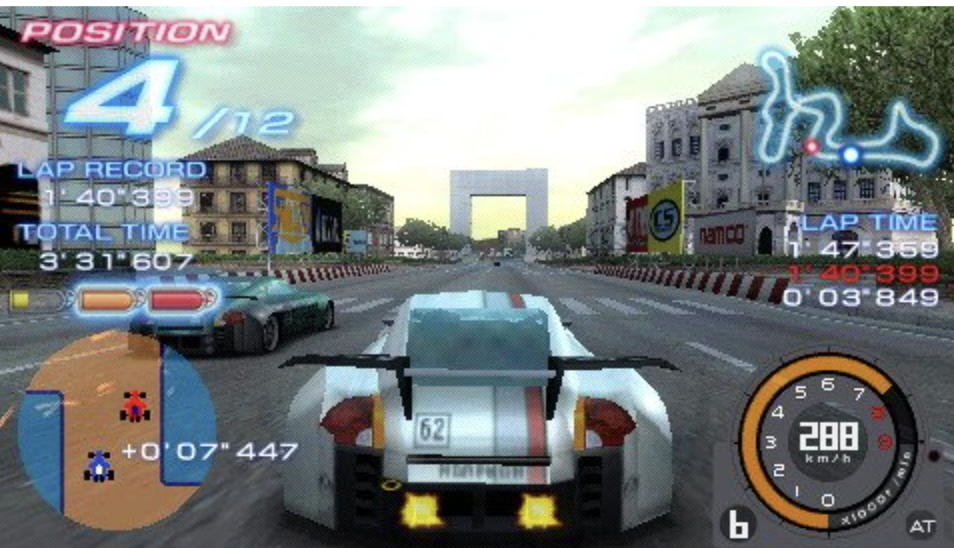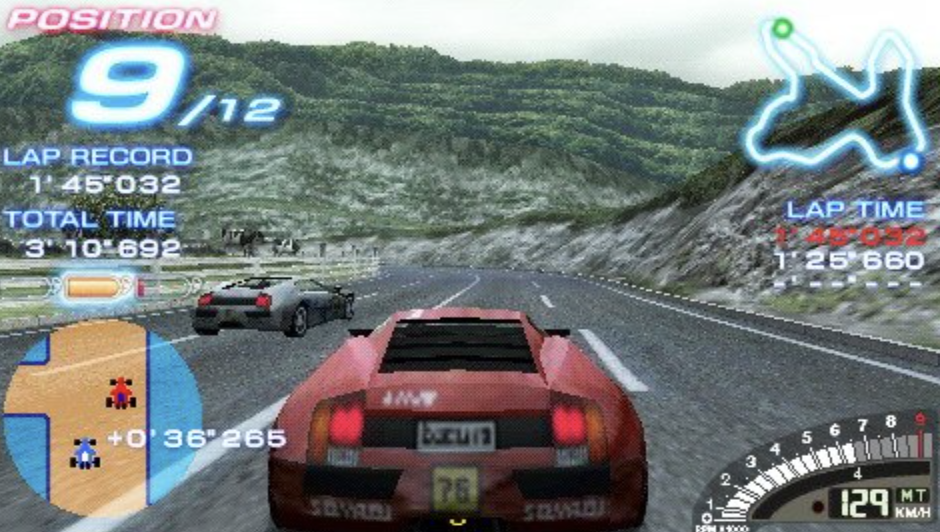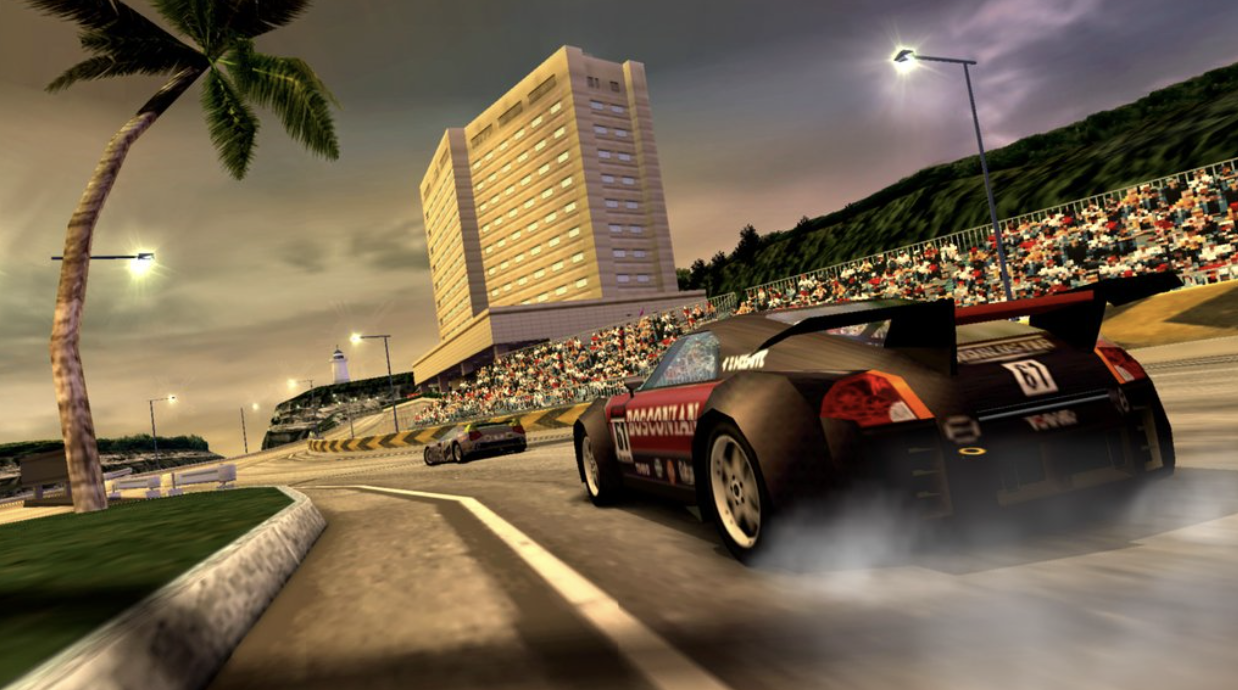Nintendo’s reign over the portable video game market has continued more or less unabated since the introduction of the GameBoy in 1989. Many portable systems have challenged Nintendo’s supremacy throughout the ages, only to wind up in the desk drawer of obscurity or, at best, to have their antiquated handheld technology auctioned off to heretical video game historians in so many eBay listings. Stacked against an armory of formidable handhelds such as the GameBoy Advance, the DS , and most recently, the Switch, Nintendo’s competitors have never stood much of a chance at loosening its grip on the portable market.
And yet, for one brief period starting in 2004, Sony made some headway with a device called the PlayStation Portable. The PSP was a counterpoint to Nintendo’s comparatively underpowered DS handheld that got close to delivering on its promise of console-quality gaming on the go in addition to behaving like a multimedia device.
For video game history weirdos (like me), the PSP’s release brought back comparisons between Sony’s original PlayStation and the N64 in the late ‘90s. Back then, both companies bet on their unique path forward with Sony doubling down on 3D graphics, FMV sequences, CD-quality audio, and a wide range of third-party developers like Capcom, Squaresoft, and Namco. In fact, Namco’s PS1 port of its arcade hit Ridge Racer was right there at launch, helping with adoption rates of Sony’s first gaming console. Namco repeated that launch title partnership with Sony’s second home console, the PlayStation 2 with Ridge Racer V. Perhaps it was fate then that in 2004, Ridge Racer once again helped demonstrate the power of a new piece of Sony tech as a launch title for the PlayStation portable.


Ridge Racer (2004) served as a greatest hits of the other games in the series with remastered versions of previous courses which could also be played in reverse. Career mode allowed players to unlock additional tracks and cars, but numerous other modes were included such as single race, time attack, and a multiplayer mode that could connect multiple PSPs together wirelessly for a friendly race amongst friends. The game maintained the drift-based gameplay that had defined the series since the original power-slid into Japanese arcades in 1993, with one major change: Drifting would slowly fill a nitrous boost tank as racers curved their way through each track. A full tank could be used at any time for a massive burst of speed.
Graphically, Ridge Racer (2004) looked exceptional for its time. It’s important to remember that prior to the PSP and Nintendo DS, most portable games still relied on sprite-based graphics and had not yet embraced the third dimension by way of polygons. Full 3D graphics came stock on the PSP, meaning that while Ridge Racer (2004) couldn’t exactly stack up graphically to Ridge Racer V on the PlayStation 2 (unless you squint real hard), Ridge Racer (2004) absolutely beat the graphical pants off of its nearest competitor, Ridge Racer DS. That’s right! Released a week prior to the PSP version, Ridge Racer DS was a reworking on Ridge Racer’s Nintendo 64 outing (Ridge Racer 64)–and it showed. Compared to its PSP counterpart, the DS version looks like something that might have been released on the original PlayStation.
Like its predecessors, Ridge Racer’s first outing on the PlayStation Portable would help define what Sony’s latest piece of gaming tech could achieve, but it wouldn’t be the series’ only release on the handheld. Ridge Racer 2 expanded the track list of the original PSP game and added other tweaks when it was released in 2006.
